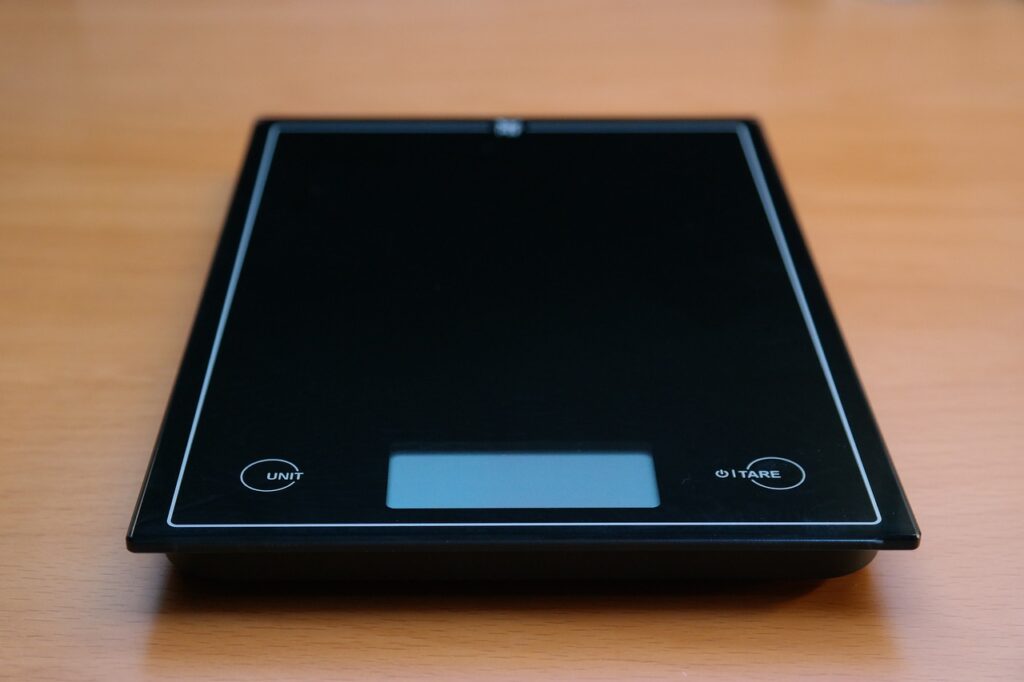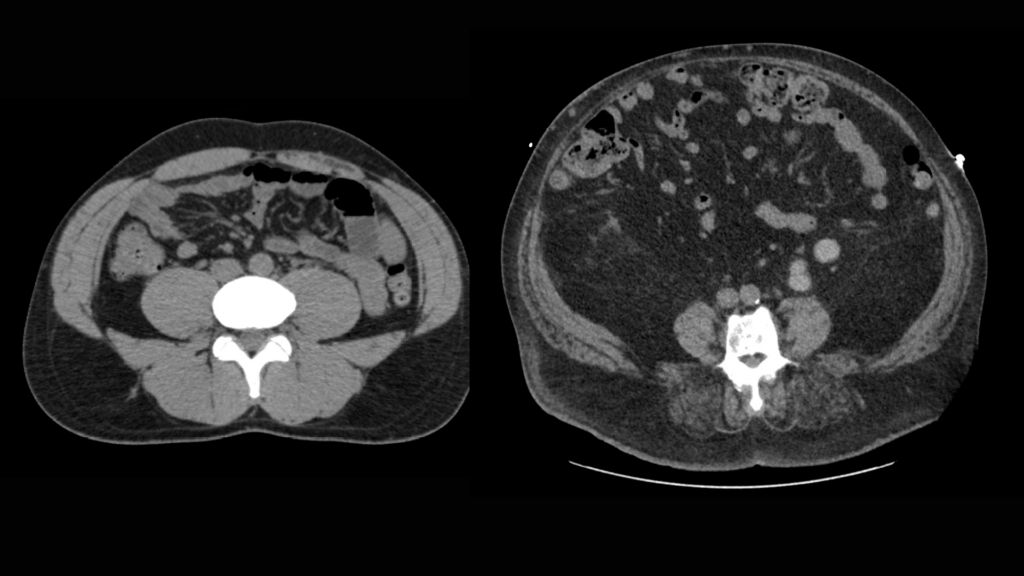Visceral fat makes up about 10% of total body fat in both men and women, but men often face a higher risk of accumulating this dangerous fat. It significantly increases the chances of health complications like heart disease and diabetes.
Understanding how to measure and monitor visceral fat levels is crucial for maintaining your overall health. This guide explores various methods, tools, and tips for accurately assessing visceral fat levels.
JUMP TO…
Why Measuring Visceral Fat Matters
Tools for Measuring Visceral Fat
Waist-to-Hip Ratio and Its Significance
BMI vs. Body Fat Percentage in Detecting Visceral Fat
How to Tell If Your Belly Fat is Mostly Visceral
Why Measuring Visceral Fat Matters
Excess visceral fat is linked to numerous health risks, including heart disease, type 2 diabetes, and certain cancers. Unlike subcutaneous fat, which lies just under the skin, visceral fat actively releases inflammatory substances and disrupts metabolic processes.
Over time, these effects can lead to chronic health conditions that significantly impact quality of life.
By measuring visceral fat, individuals can identify their risk level and take steps to reduce it, improving both their health and longevity.
Tools for Measuring Visceral Fat
Medical imaging tools such as DEXA scans, CT scans, and MRI scans are considered the gold standard for measuring visceral fat.
DEXA scans use dual-energy X-ray absorptiometry to provide precise measurements of body composition, including visceral fat levels.
CT and MRI scans visualize fat distribution in great detail, making them exceptionally accurate. However, these methods can be costly and are not always accessible for regular monitoring.
Another option is bioelectrical impedance analysis (BIA), which estimates body fat percentage by measuring electrical currents through the body. While less accurate for determining visceral fat specifically, BIA devices are more affordable and widely available.
Each method has its benefits, but the choice often depends on accessibility, cost, and the need for precision.
Waist-to-Hip Ratio and Its Significance
The waist-to-hip ratio (WHR) is a simple yet effective way to assess fat distribution, particularly visceral fat.
To calculate WHR…
- Measure your waist circumference at its narrowest point and your hip circumference at its widest
- Divide the waist measurement by the hip measurement to get your ratio.
For men, a ratio below 0.9 is considered healthy, while for women, a ratio below 0.85 is optimal.
A higher WHR indicates an increased concentration of fat around the abdomen, which is a common indicator of visceral fat accumulation.
This method is a practical alternative for those who lack access to advanced medical tools, offering a quick way to monitor changes over time.
BMI vs. Body Fat Percentage in Detecting Visceral Fat
Body Mass Index (BMI) and Body Fat Percentage are commonly used metrics, but their ability to detect visceral fat differs.
BMI calculates weight relative to height and serves as a general indicator of body weight status. However, it does not distinguish between muscle, fat, or fat types.
In contrast, Body Fat Percentage measures the proportion of fat in the body and offers a clearer picture of fat distribution.
While BMI is useful for population-level studies, Body Fat Percentage provides better insights into individual health risks.

Tools like skinfold calipers and bioelectrical impedance devices can estimate body fat percentage, giving you a closer look at whether your belly fat might include visceral fat.
How to Tell If Your Belly Fat is Mostly Visceral
Identifying whether your belly fat is primarily visceral can be challenging without imaging tools, but there are signs to watch for.
A hard, protruding belly often signals visceral fat, whereas subcutaneous fat feels softer and more pinchable. Health symptoms such as frequent fatigue, difficulty managing blood sugar levels, and hormonal imbalances can also indicate the presence of visceral fat.
Ultimately, medical assessments remain the most accurate way to differentiate between visceral and subcutaneous fat.
However, physical characteristics and accompanying symptoms can provide valuable clues for identifying visceral fat accumulation.
Key Takeaways

Understanding how to measure visceral fat is a vital step toward better health. From advanced imaging techniques like DEXA and CT scans to simple methods like waist-to-hip ratio measurements, there are various tools available to suit different needs and budgets.
Tracking visceral fat not only helps you monitor your health risks but also enables you to take targeted action to reduce it.
Whether you rely on professional medical tools or practical at-home methods, the key is consistency and awareness.
By identifying and addressing visceral fat, you can lower your risk of chronic diseases and improve your overall quality of life. Start taking steps today to measure and manage visceral fat, setting the foundation for a healthier future.


